- Have any questions?
- +86-189 8930 5995
- sales@mosinterchem.com.cn
Talc CAS 14807-96-6

Calcium Nitrite CAS 13780-06-8
19/12/2018
Barium Hydroxide Monohydrate CAS 22326-55-2
19/12/2018| Model: | MOS14807-96-6 |
| Brand Name: | MOSINTER |
| CAS No.: | 14807-96-6 |
| Brand: | MOSINTER |
| Molecular Formula: | Mg3[Si4O10](OH)2 |
| Water solubility: | insoluble |
| Odor: | Odourless tasteless |
| Molecular mass: | 379.22 |
| PH value: | 8-9.5 |
| Whitenese: | 93.5 |
Talc (CAS: 14807-96-6)
| Item | Index |
| Whitenese | 93.5 |
| Loss on ignition | 7 |
| Mositure | 0.4 |
| PH value | 8-9.5 |
| SiO2 | 60 |
| MgO | 30 |
| CaO | 0.8 |
| Al2O2 | 0.4 |
| Fe2O3 | 0.3 |
Talc (derived from Persian: تالک tālk; Arabic: تلك talk) is a mineral composed of hydrated magnesium silicate with the chemical formula H2Mg3(SiO3)4 or Mg3Si4O10(OH)2. In loose form, it is the widely used substance known as talcum powder. It occurs as foliated to fibrous masses, and in an exceptionally rare crystal form. It has a perfect basal cleavage, and the folia are non-elastic, although slightly flexible. It is the softest known mineral and listed as 1 on the Mohs hardness scale. It can be easily scratched by a fingernail. It is also sectile (can be cut with a knife). It has a specific gravity of 2.5–2.8, a clear or dusty luster, and is translucent to opaque. Talc is not soluble in water, but it is slightly soluble in dilute mineral acids. Its colour ranges from white to grey or green and it has a distinctly greasy feel. Its streak is white.
Soapstone is a metamorphic rock composed predominantly of talc.
Formation
A block of talc
Talc is a metamorphic mineral resulting from the metamorphism of magnesian minerals such as serpentine, pyroxene, amphibole, olivine, in the presence of carbon dioxide and water. This is known as talc carbonation or steatization and produces a suite of rocks known as talc carbonates.
Talc is primarily formed via hydration and carbonation via the following reaction;
serpentine + carbon dioxide → talc + magnesite + water2 Mg3Si2O5(OH)4 + 3CO2 → Mg3Si4O10(OH)2 + 3 MgCO3 + 3 H2O
Talc can also be formed via a reaction between dolomite and silica, which is typical of skarnification of dolomites via silica-flooding in contact metamorphic aureoles;
dolomite + silica + water → talc + calcite + carbon dioxide3 CaMg(CO3)2 + 4 SiO2 + H2O → Mg3Si4O10(OH)2 + 3 CaCO3 + 3 CO2
Talc can also be formed from magnesian chlorite and quartz in blueschist and eclogite metamorphism via the following metamorphic reaction:
chlorite + quartz → kyanite + talc + water
In this reaction, the ratio of talc and kyanite is dependent on aluminium content with more aluminous rocks favoring production of kyanite. This is typically associated with high-pressure, low-temperature minerals such as phengite, garnet, glaucophane within the lower blueschist facies. Such rocks are typically white, friable, and fibrous, and are known as whiteschist.
Talc is a tri-octahedral layered mineral; its structure is similar to that of pyrophyllite, but with magnesium in the octahedral sites of the composite layers.
Occurrence
Talc output in 2005
Talc is a common metamorphic mineral in metamorphic belts which contain ultramafic rocks, such as soapstone (a high-talc rock), and within whiteschist and blueschist metamorphic terranes. Prime examples of whiteschists include the Franciscan Metamorphic Belt of the western United States, the western European Alps especially in Italy, certain areas of the Musgrave Block, and some collisional orogens such as the Himalayas which stretches alongPakistan, India, Nepal and Bhutan.
Talc carbonate ultramafics are typical of many areas of the Archaean cratons, notably the komatiite belts of the Yilgarn Craton in Western Australia. Talc-carbonate ultramafics are also known from the Lachlan Fold Belt, eastern Australia, from Brazil, the Guiana Shield, and from the ophiolite belts ofTurkey, Oman and the Middle East.
Notable economic talc occurrences include the Mount Seabrook talc mine, Western Australia, formed upon a polydeformed, layered ultramafic intrusion. The France-based Luzenac Group is the world’s largest supplier of mined talc; its largest talc mine at Trimouns near Luzenac in southern France produces 400,000 tonnes of talc per year, representing 8% of world production.
Uses
Talc is used in many industries such as paper making, plastic, paint and coatings, rubber, food, electric cable, pharmaceuticals, cosmetics, ceramics, etc. A coarse grayish-green high-talc rock is soapstone or steatite and has been used for stoves, sinks, electrical switchboards, crayons, soap, etc. It is often used for surfaces of lab counter tops and electrical switchboards because of its resistance to heat, electricity and acids. Talc finds use as a cosmetic(talcum powder), as a lubricant, and as a filler in paper manufacture. Talc is used in baby powder, an astringent powder used for preventing rashes on the area covered by a diaper. It is also often used in basketball to keep a player’s hands dry. Most tailor’s chalk, or French chalk, is talc, as is the chalk often used for welding or metalworking.
Talc is also used as food additive or in pharmaceutical products as a glidant. In medicine talc is used as a pleurodesis agent to prevent recurrent pleural effusion or pneumothorax. In the European Union the additive number is E553b.
Talc is widely used in the ceramics industry in both bodies and glazes. In low-fire artware bodies it imparts whiteness and increases thermal expansion to resist crazing. In stonewares, small percentages of talc are used to flux the body and therefore improve strength and vitrification. It is a source of MgOflux in high temperature glazes (to control melting temperature). It is also employed as a matting agent in earthenware glazes and can be used to produce magnesia mattes at high temperatures.
Safety
Talc powder is a household item, sold globally for use in personal hygiene and cosmetics. Some suspicions have been raised about the possibility its use promotes certain types of diseases, mainly cancers of the ovaries and lungs (it is in the same 2B category in the IARC listing as mobile phones and coffee) although this is not widely recognised as an established link.
The studies reference, by subject: pulmonary issues, lung cancer, and ovarian cancer. One of these, published in 1993, was a US National Toxicology Program report, which found that cosmetic grade talc containing no asbestos-like fibres was correlated with tumour formation in rats (animal testing) forced to inhale talc for 6 hours a day, five days a week over at least 113 weeks. A 1971 paper found particles of talc embedded in 75% of the ovarian tumors studied. Recent research questions if a link does actually exist between the two.
The Occupational Safety and Health Administration and National Institute for Occupational Safety and Health have set occupational exposure limits to respirable talc dusts at 2 mg/m3 over an eight-hour workday.
One particular issue with commercial use of talc is its frequent co-location in underground deposits with asbestos ore, which often leads to contamination of powdered talc products with asbestos fibres. Stringent quality control since 1976 (separating cosmetic and food-grade talc from “industrial” grade talc, which is allowed a certain portion of asbestos contamination) has mostly eliminated this issue, but it remains a continuing hazard requiring mitigation in the mining and processing of talc. A 2010 US FDA survey failed to find asbestos in a variety of talc-containing products.
The US Food and Drug Administration (FDA) considers talc (magnesium silicate) to be generally recognized as safe (GRAS) for use as an anti-caking agent in table salt in concentrations smaller than 2%.
You must be logged in to post a review.

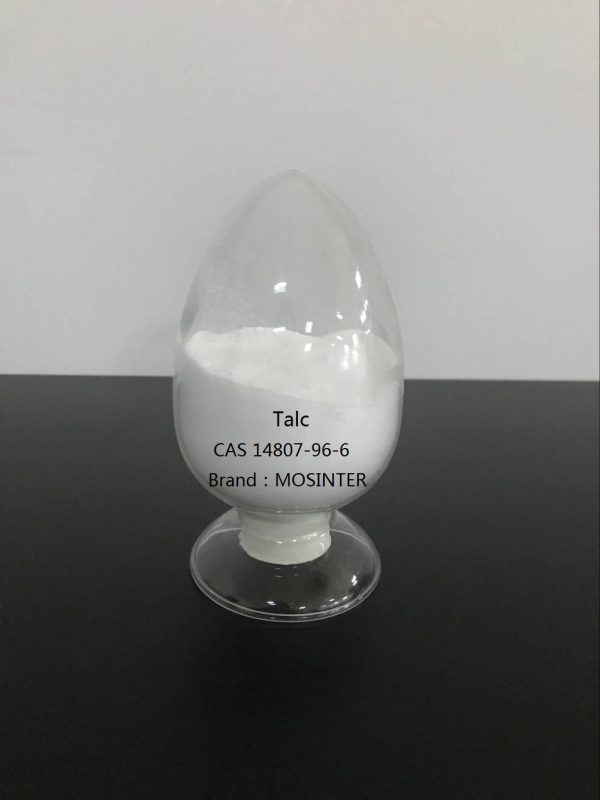
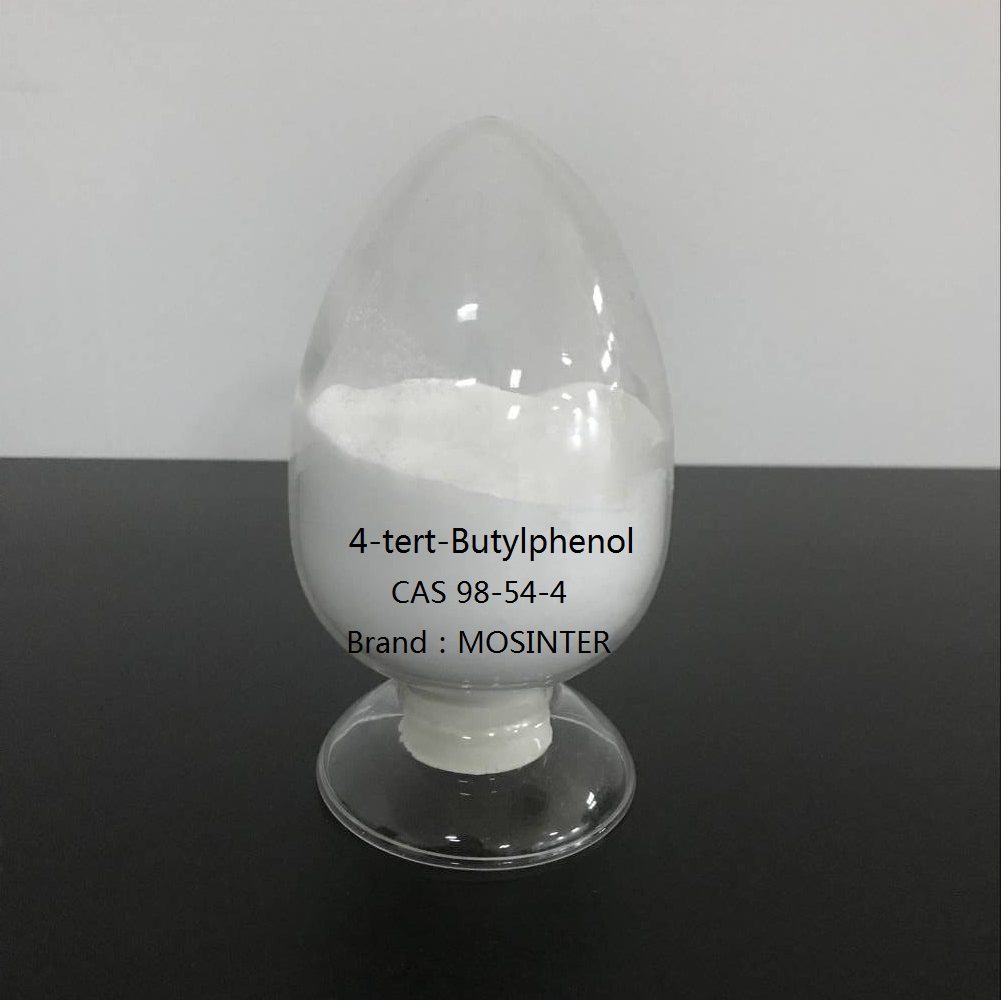
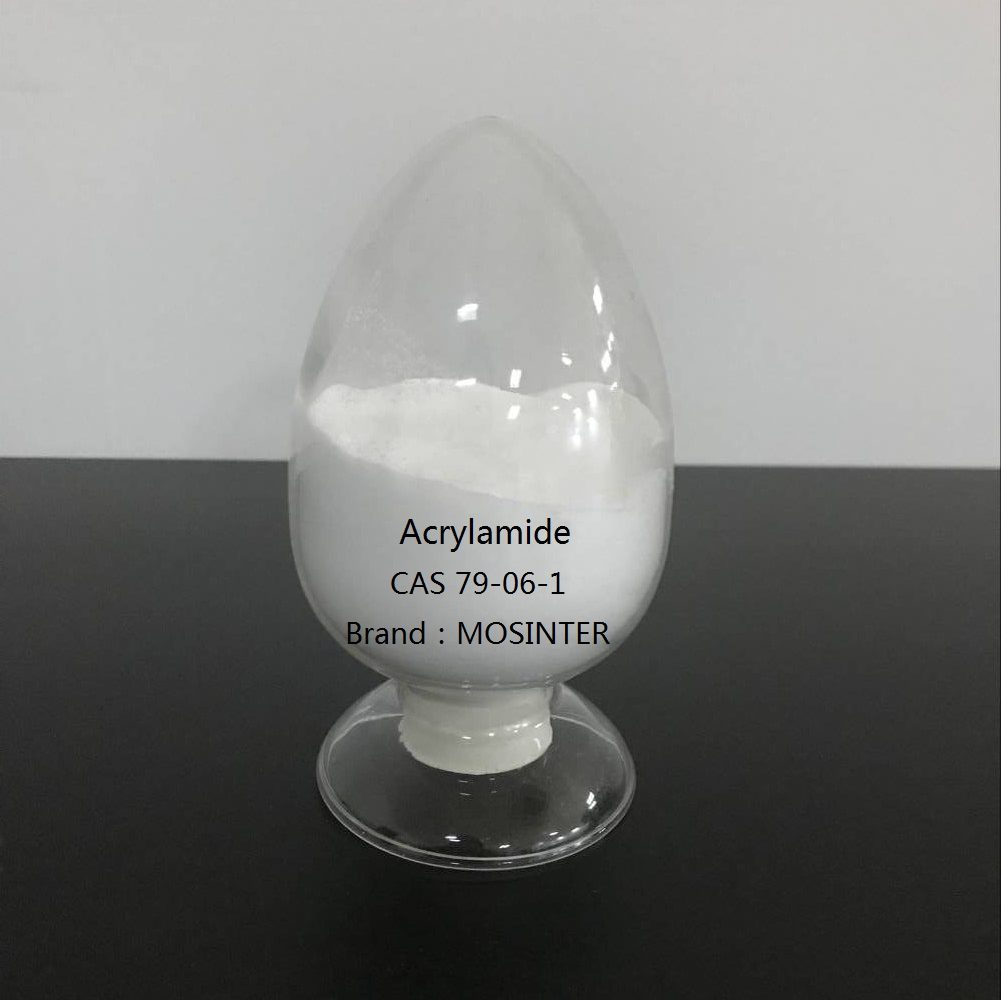
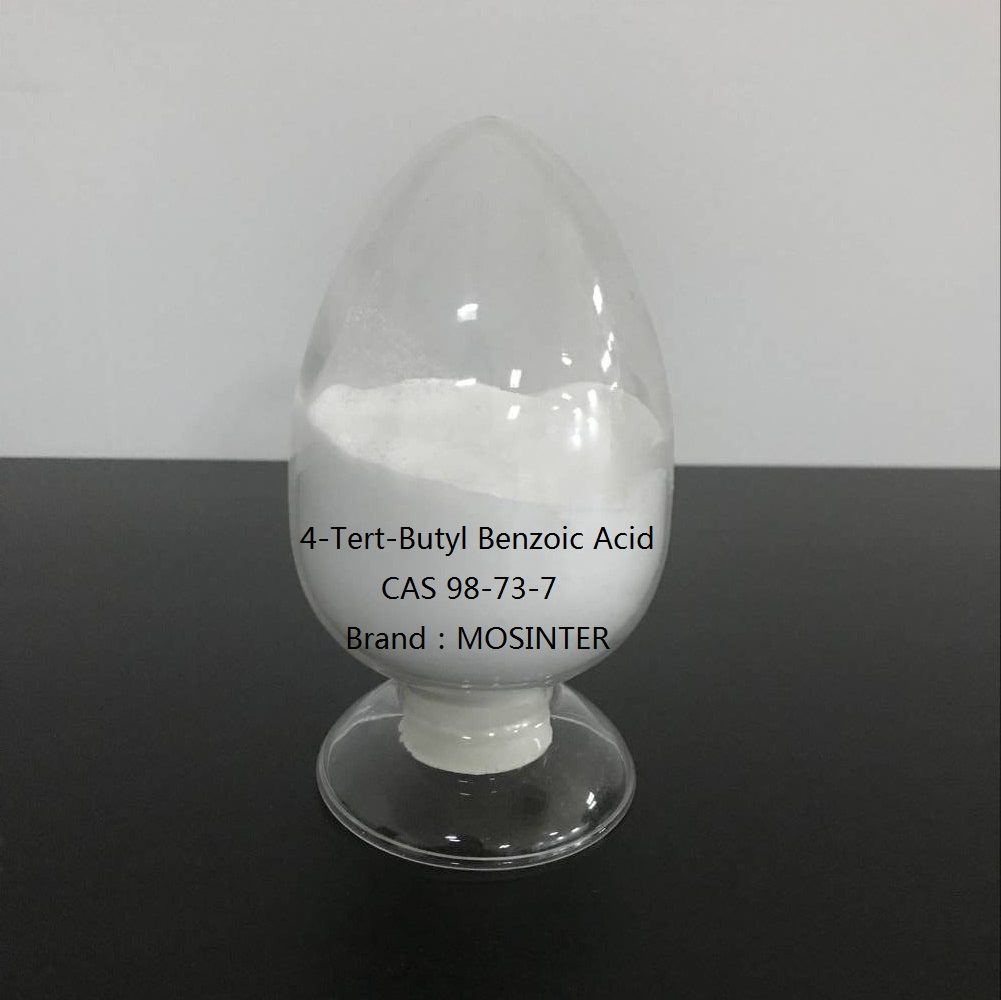
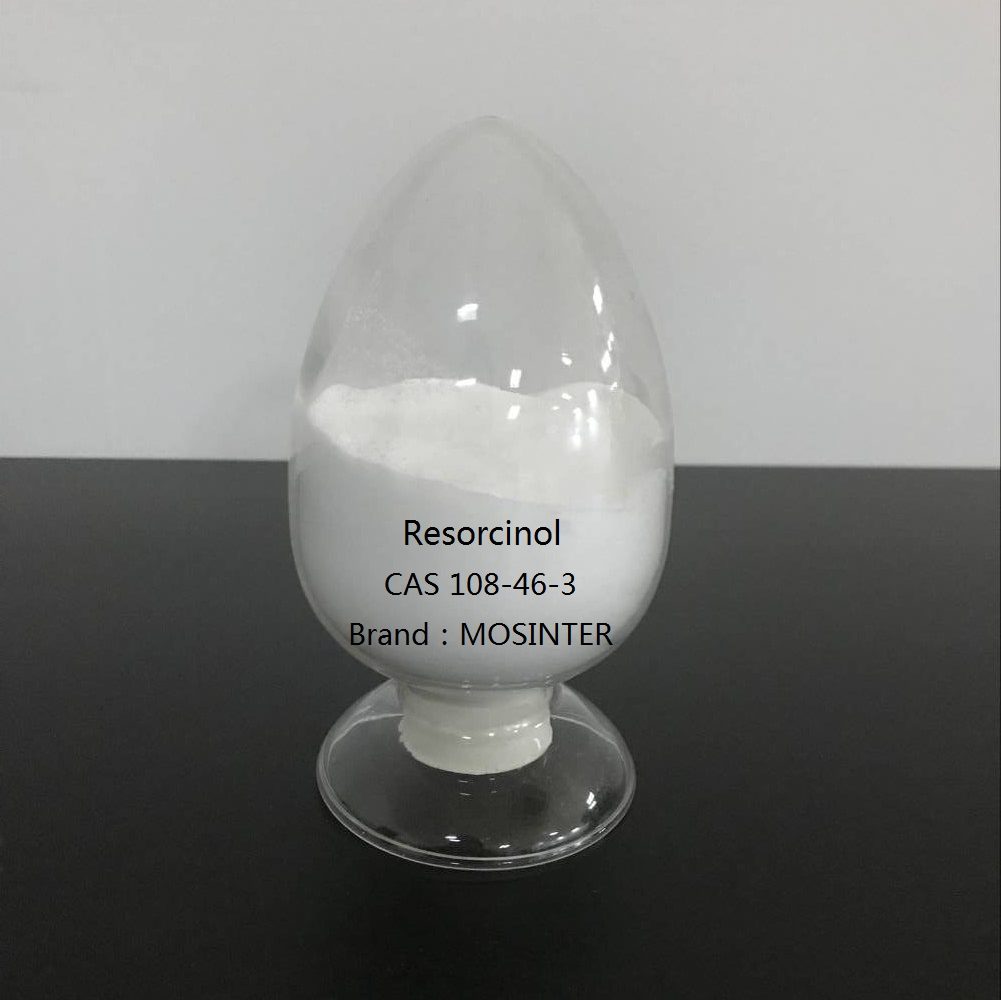
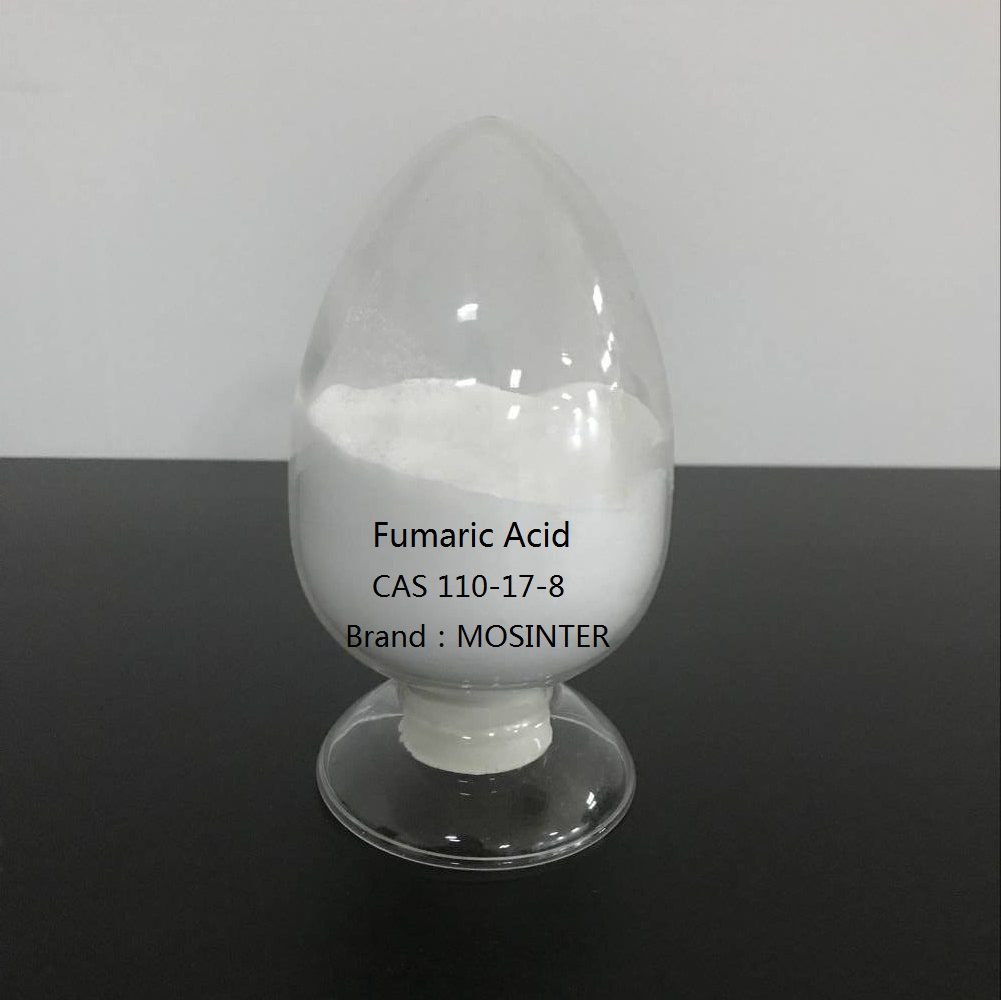
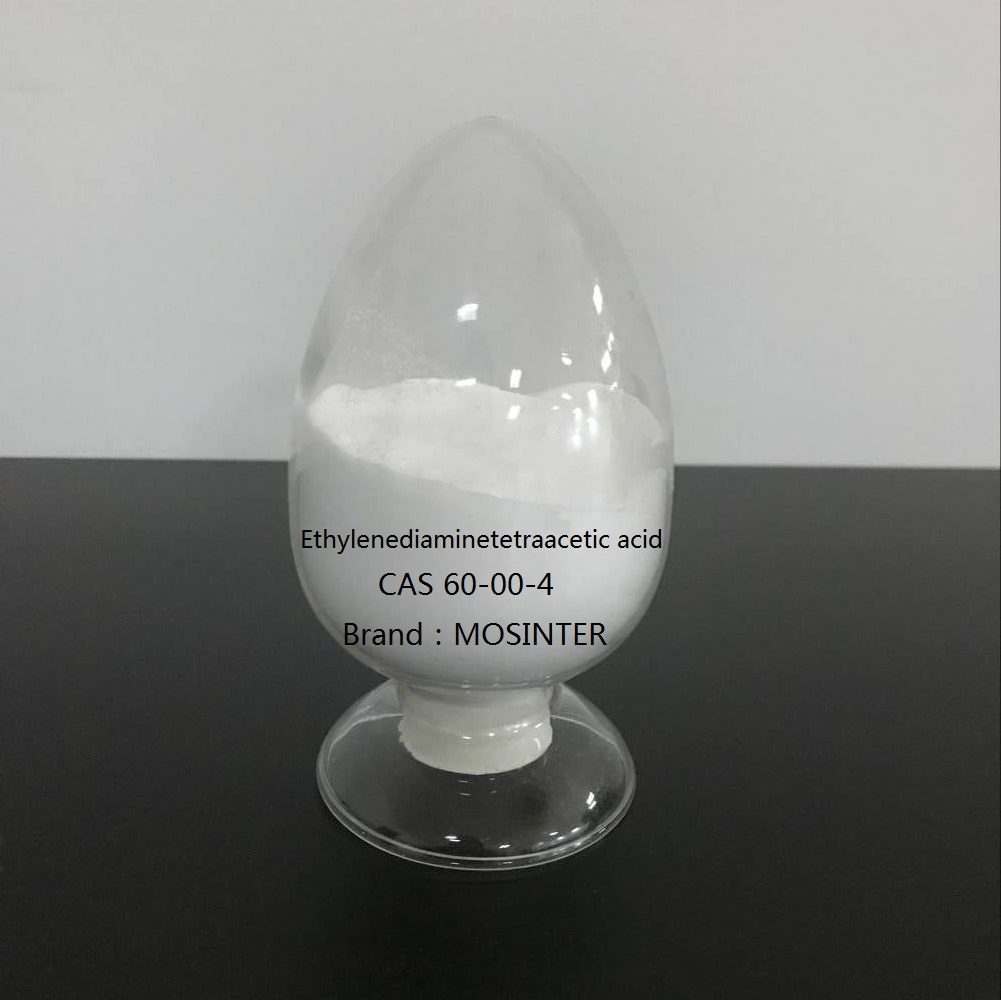
Reviews
There are no reviews yet.